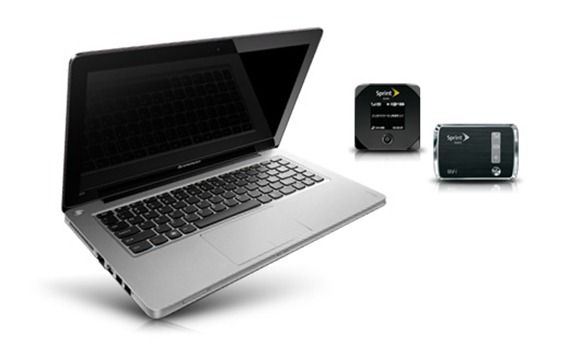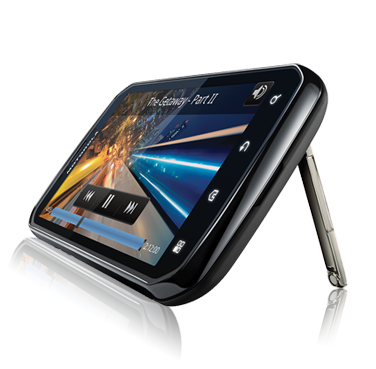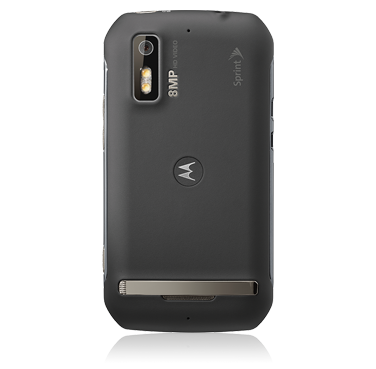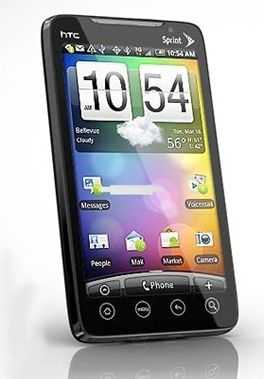This is a little embarrassing for Intel, the company that sells phones, Ultrabooks and wireless modules. The first carrier-subsidized Ultrabooks turns out to be a nothing more than an Ultrabook and a mobile 3G hotspot. Sprint have teamed the Lenovo U310 with a choice of mobile hotspot hardware instead of making an effort to find and offer a true 3G solution like the Toshiba Portege Z830/Z930.
Tag Archive | "sprint"
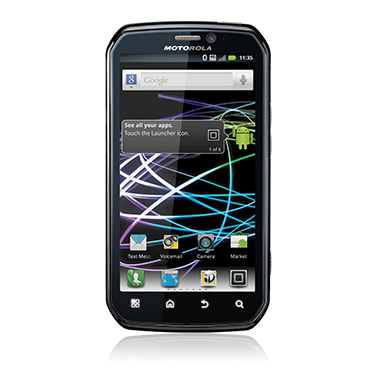
Review Roundup: Sprint Motorola Photon
Posted on 01 August 2011
The Motorola Atrix has been AT&T’s flagship device for several months. No other carrier has had a similar handset from Motorola to-date, until now. With the debut of the Photon 4G on the Now Network, Sprint has a hardware set that might be able to entice more customers in the market for a super-smartphone featuring the latest version of Google’s mobile OS for smartphones. Reviews have started popping up around the web, so we thought it was a good time to give you a consolidated view of how the media is receiving the device. Common themes from the usual suspects are discussed below for your perusing pleasure.
Hardware impressions are pretty good all-around. The Photon seems to be the start of a wave where the manufacturers are starting to figure out how to deliver 4+ inch displays and dual-core processors in packages that are a little less chunky. I love my own HTC Evo 3D, but it is certainly not svelte. While that does not particularly bug me (you guys know I will take ruggedness over litheness any day), it does bother a lot of the mainstream, so this is a good direction for Motorola to move in. The edges have a diamond-cut to differentiate the device from HTC’s handsets. Given that HTC tied RIM for spot number two in the most recent Nielsen sales charts, it is either a really good idea to look different from their kit… or really bad. Regardless, most reviewers give Motorola a nod for trying to not look cookie cutter in this age of all-slab smartphones, even if it is only just a little.
Other hardware touches of note include a kickstand, a soft-touch back panel, and an 8-megapixel camera. If you want to get the remainder of the very detailed hardware overview, we would recommend reading Phil Nickinson’s review over at Android Central.
As a flagship device, the Photon carries plenty of packed in features in addition to the core specs. There are business-centric capabilities, such as global data roaming and support for Microsoft Exchange Active Sync. The display is a qHD SuperLCD. Sound out of the speakers exceeded both quality and volume, and caused the reviewers over at LaptopMag to question whether they were actually listening to a smartphone’s speakers.
Motorola’s ‘MotoBlur’ interface is gone as a brand-name, but a lot of its elements remain in the proprietary GUI implementations on the Photon 4G. Most reviewers felt they were not nearly as intrusive as Blur used to be, but there are a lot of the technoratti who are never pleased with anything that disrupts the stock Android experience and removes them from that layer of customization control.
Early indications are that battery life is on par with the Evo 3D, and a little better than the average for most super-smartphones. There are mobile dock accessories that are available for the Photon; one for at home use, and one for the car. The at home dock also comes with a remote. Once connected to a TV via the HDMI port, a full-screen Firefox browser is available.
A lot of the reviewers have tagged the Photon with their editor’s choice award. Of critical interest, of course, is the question as to whether or not this becomes the premier phone to get on Sprint if you are in the window for an upgrade. And does it trump the HTC Evo 3D and Samsung Nexus S 4G, arguably Sprint’s top two smartphones as the Photon arrives?
I would have to say that a very slight majority of the reviews declare that the Photon trumps the Evo 3D and Nexus S 4G. I will add my personal assessment that I did not agree with some of the reasons behind those declarations. In one case, the Photon was designated the winner over the Evo 3D because of the kickstand and standard HDMI-out. I personally never use my phone to display video on my TV, so for users who are not worried about this feature, aother criteria would need to be established to determine a tie-breaker between the Photon and Evo 3D. Additionally, there are adapters which will allow HDMI out over microUSB from the Evo 3D, although the content that can be sent is restricted to content shot from the phone itself. This is an example of how your own use-cases may make deficiencies pointed out in some of the reviews be complete deal-breakers, or perhaps not matter at all.
The Photon was also considered a trump card to the Nexus S 4G based on call quality and internet speeds. I have personally found the call-quality on my Nexus S 4G to be better than on my Evo 3D, and better than any recent phone that I have owned. Additionally, the recent software update that was rolled out to the Nexus S this past week has improved internet access speeds somewhat. At $99 on-contract versus the $199 for the Photon, price versus features that a user may or may not use should be weighed. The Nexus S 4G is still a great deal at $99, and it has the advantage of providing the pure Android experience that some users clamor for.
This is not to discredit the opinions of reviewers that actually had hands-on time with the device, since I have not. It is to say, consider all reviews with a grain of salt, read several reviews to get an aggregate picture, and go into the store yourself to put any device through the paces as best you can, if at all possible.
Sources:
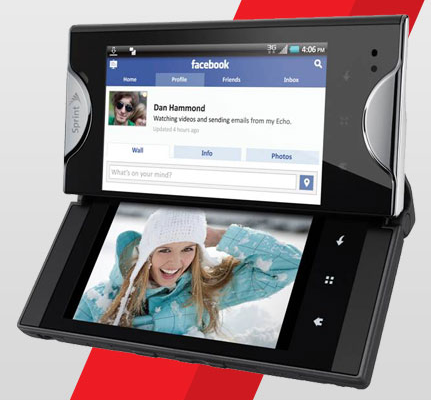
Kyocera Echo Dual-Screen Android Phone Reviewed
Posted on 22 April 2011
 Laptop Mag has posted an (obviously) thorough review of one of the most interesting Android phones released in recent history, the Kyocera Echo. Laptop Mag also has a great gallery for the device.
Laptop Mag has posted an (obviously) thorough review of one of the most interesting Android phones released in recent history, the Kyocera Echo. Laptop Mag also has a great gallery for the device.
The Echo, which was announced back in February, is the first dual-screen Android phone, featuring two 800×480 screens which can be used simultaneously with one application for a combined 960×800 space, or used for two applications at the same time. The Echo is available exclusively from Sprint for $199 on a new contract.
The reviewer, Avram Piltch, seems to generally enjoy the Kyocera Echo, but notes that the device “won’t win any beauty contests, inch and I’d have to agree, but that’s not a show-stopping issue for many.
Only a small number of applications currently support the ability to use two screens with two separate applications, but what’s there seems to work quite well, including a browser that has an option to open webpages on the other screen (sounds handy).
Piltch lists the lack of 4G as a downside to the device as well short battery life (though a second battery is included).
I haven’t had my hands on the Kyocera Echo, but my prediction is that the biggest challenge to this being a successful device is attracting development that will support the unique phone down the road. It’s great that any application can span both screens, but I feel like real improvements in usefulness will come most from applications that are designed specifically to be used with two screens. It’s unlikely that this sort of development will reach critical mass with only one product on the market that sports such screens, but the Echo stands a good chance of at least attracting enthusiasts and perhaps fostering a niche community. I must commend Kyocera for working on a novel approach that doesn’t feel like every other decidedly cookie-cutter 1GHz phone from 2010/2011.

Google Announces the Nexus S 4G and Google Voice Integration for Sprint
Posted on 21 March 2011
 Today, Google is introducing the Nexus S 4G for use on Sprint’s network, and also some exciting Google Voice integration for Sprint customers. Let’s talk about the phone first.
Today, Google is introducing the Nexus S 4G for use on Sprint’s network, and also some exciting Google Voice integration for Sprint customers. Let’s talk about the phone first.
The Nexus S 4G is the same Nexus S that you’ve seen in the past [tracking page], but this time around it supports Sprint’s 3G and “4G inch network. It’ll run you $199 on-contract and come pre-baked with Android 2.3; it’s “coming soon inch.
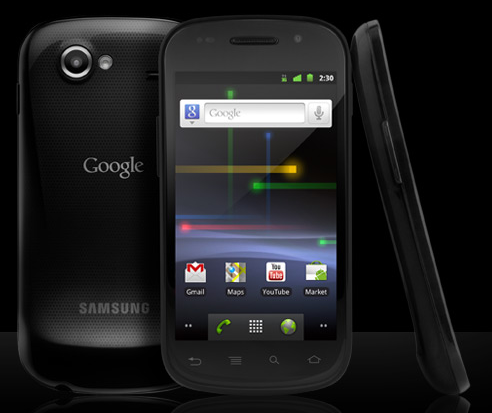
Then there’s the Google Voice integration that’s coming to all Sprint customers (not just Nexus S users). Sprint customers can now use their Sprint number as their Google Voice number instead of having to get a separate number for their phone. Or, if you’ve already got a Google Voice number, you can use that as your Sprint number:
Some of the benefits of Google Voice:
- One number rings multiple phones (if you choose). Think: office, mobile, home, etc.
- Unlock your voicemail! Since the inception of the cellular phone, voicemail has been stuck inside your phone. With Google Voice, you can access your voicemail from the web, and even get voicemail transcripts emailed or sent to your via text.
- Personalized voicemail for individual callers
- Cheap international calling
Google says that Google Voice and the Nexus S 4G are coming “soon inch, and if you’d like to be notified when Google Voice is rolling out to Sprint customers, you can sign up for a notification here.
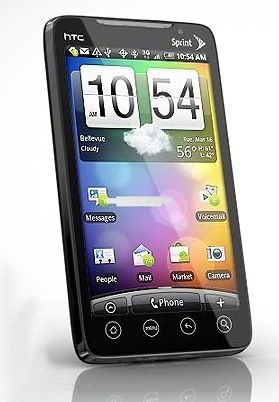
Big Phone Fans Go Crazy over the Evo.
Posted on 24 March 2010
If you didn’t catch the news yesterday, Sprint has announced a new phone called the Evo which is getting everyone excited. At least those that have huge pockets are getting excited because the Evo is the same size as the HTC HD2 and that’s HUGE! I tested the HTC HD2 out a while back and just a few seconds with it told me it could never be an all day phone for most people. I had the same experience with the TG01. It turns out that many of you think a 4.3 inch phone is OK though. 50-60% of you to be more exact. I’m not sure how many of you have actually tried using such a big phone but I’ll admit there are plenty of people out there that would use this as a ‘pro phone’ for the daytime which keeping a smaller, more practical phone for social use.
Availability and cost will be the next issue because clearly this is a flagship phone. Not only for Sprint but for WiMax too because 4G and 3G are included in this phone. Not only that; check out the spec list known so far…
- 1 GHz Qualcomm Snapdragon CPU
- 8 megapixel camera with HD video recording capability and HDMI out
- 1.3 megapixel front-facing camera
- Google Android 2.1
- Wi-Max, EVDO, Wi-Fi and a mobile hotspot utility to share mobile broadband with up to eight devices over Wi-Fi
- 4.3 inch multitouch capacitive display at 800 x 480 resolution.
(Via JKOntheRun)
That’s pretty much the most highly specified phone in the world right now so you can imagine what the unsubsidised price is going to be! I guess buyers are looking at a $100 per month contract here and as for the phone, I find it hard to believe it would be less than $400 in subsidised form. That’s close to $3000 total cost of ownership over 24 months.
There are three other major questions too:
- Wimax battery life (Evo only has a 5.5wh battery) / Coverage / Speed
- U.S. / Sprint Only
- Summer availability (could be up to September 6 months away)
There’s also no keyboard which might put off pro users.
Choice is great and its also great to see Android smartphones reaching up into ‘2nd-device’ and MID territory so we’ll be watching to see if all the excitement translates to purchases or if people back-off based on price, new competitors or the size issue.


